Course Contents Wind turbine technology, aerodynamic theory, wind climate, energy production, drive train, control, dynamic modelling,
Campbell diagram, strength and fatigue, wind farm aspects.
Study Goals By the end of this course, you will be able to understand what a turbine is and how it interacts with the environment: what it is
like, why it is like that and how to calculate values for its characteristic properties. Specifically, you will be able to:
describe the components and configurations of wind turbines
describe the characteristics of wind, use models that quantify wind speed variations and estimate the energy yield of a wind
turbine
describe the aerodynamic processes at work in wind energy conversion, calculate the forces and power generated and produce a
simple rotor design
explain the working principles of drive train components and determine the operational conditions that affect power, torque,
pitch angle etc.
identify the drivers of dynamic behaviour and calculate their typical values
describe the principles of structural analysis of wind turbines and carry out preliminary predictions of structural failure
describe the effect of wind turbines on downstream conditions and quantify wind speed and turbulence in wakes

